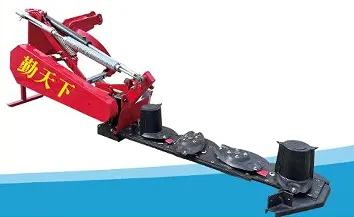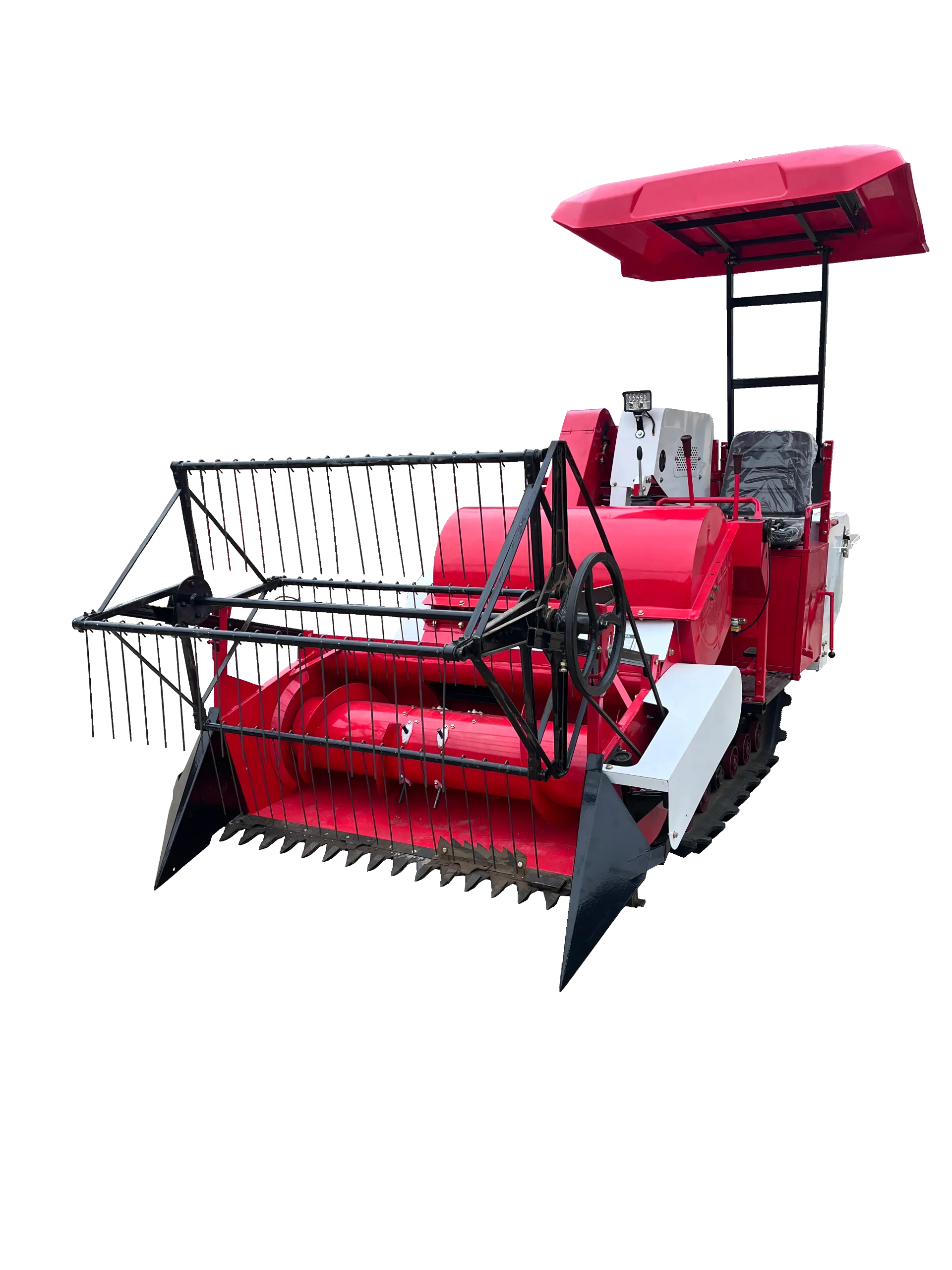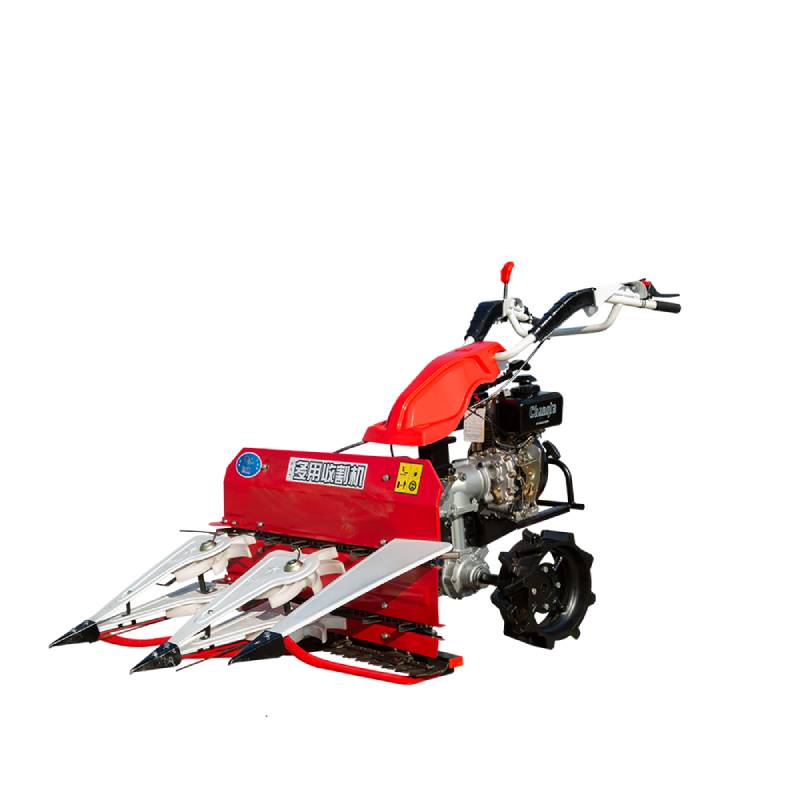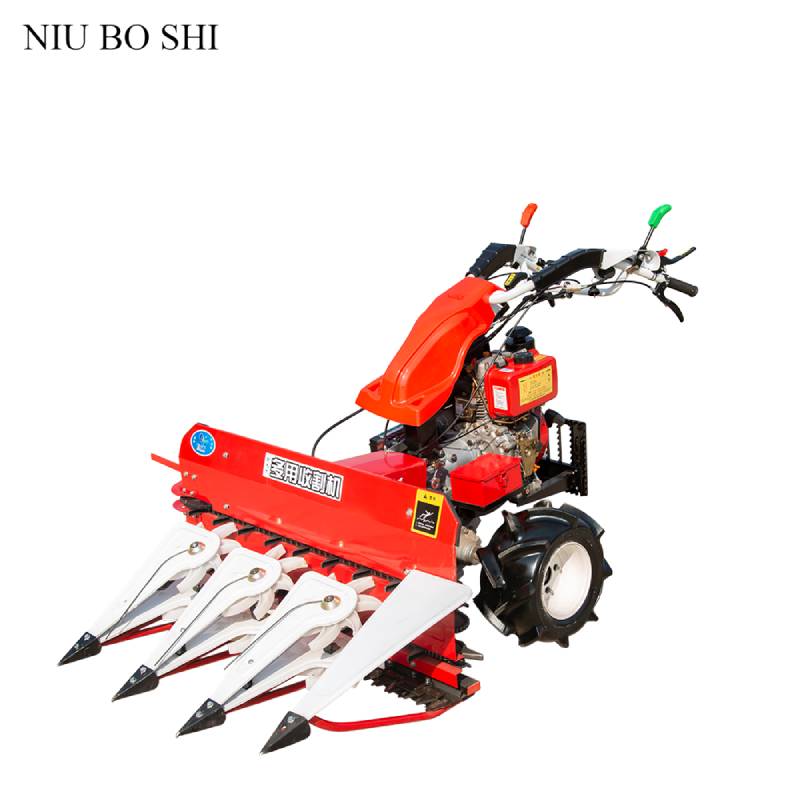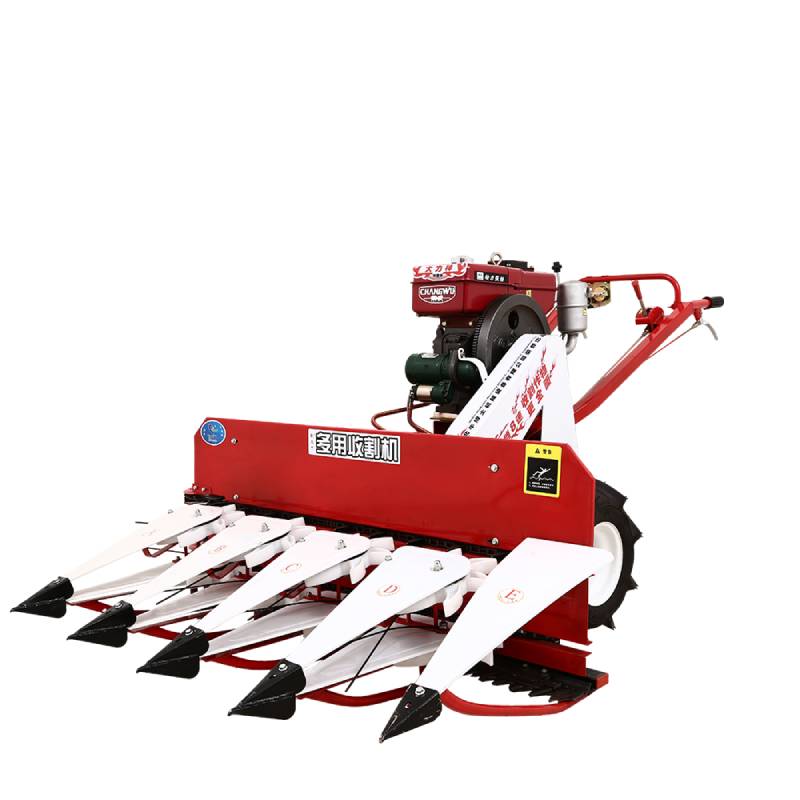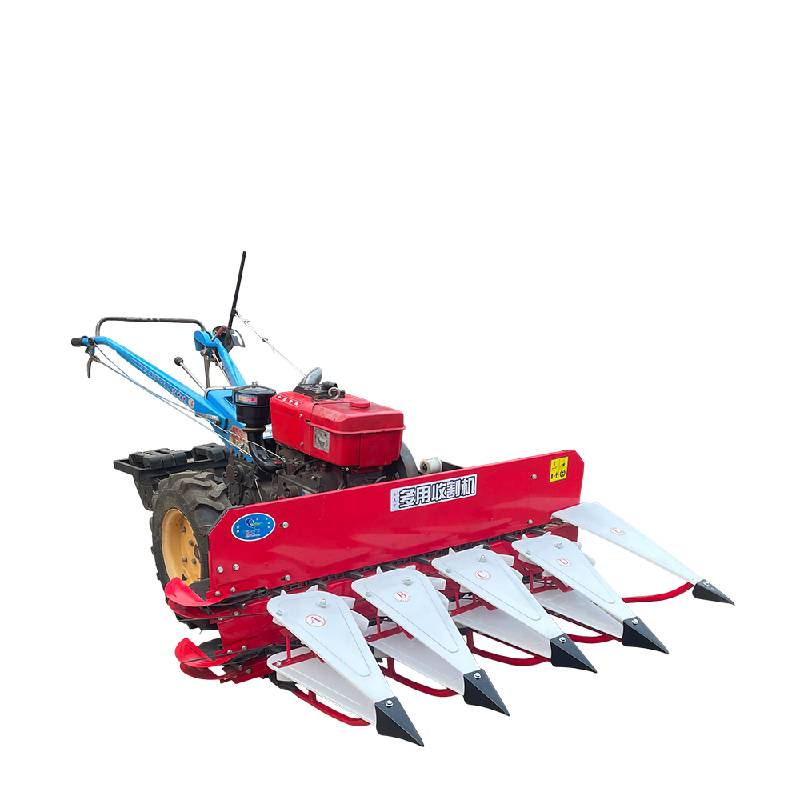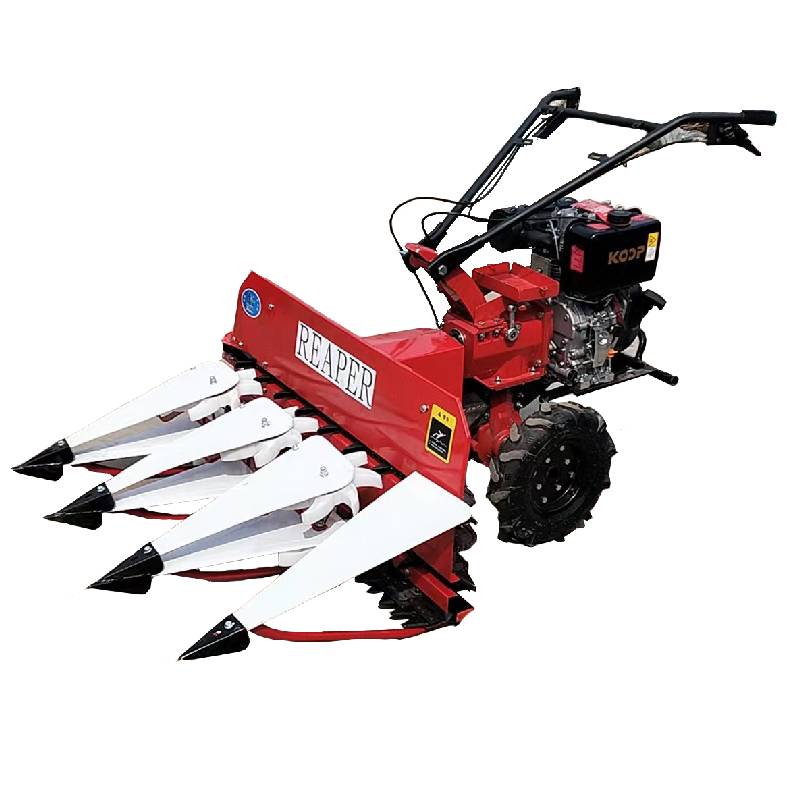Cost of Multi-Crop Reaper Machines and Their Benefits for Efficient Farming Practices
Understanding the Price of Multi Crop Reaper Machines
In the agricultural industry, efficiency and productivity are paramount. As the demand for food increases, farmers are continually seeking innovative solutions to enhance their farming practices. One such solution is the multi-crop reaper machine, a versatile tool designed to harvest various types of crops, including wheat, rice, barley, and more. This article explores the significance of multi-crop reaper machines and factors influencing their prices.
What is a Multi Crop Reaper Machine?
A multi-crop reaper machine is a specialized agricultural implement designed to cut and gather crops efficiently. Unlike traditional harvesting methods, which are labor-intensive and time-consuming, these machines streamline the harvesting process, enabling farmers to cover larger areas in a shorter period. Equipped with advanced technology, multi-crop reapers can operate in diverse terrains and handle different crop types, making them invaluable for modern agriculture.
Factors Influencing Price
1. Technology and Features The price of a multi-crop reaper machine can vary significantly based on its features and technology. Basic models with manual functionalities tend to be more affordable, costing around $1,500 to $3,000. In contrast, advanced models equipped with automated features, GPS navigation, and precision farming technology can range anywhere from $10,000 to $30,000 or more. The integration of technology increases the machine's efficiency but also raises its price.
multi crop reaper machine price
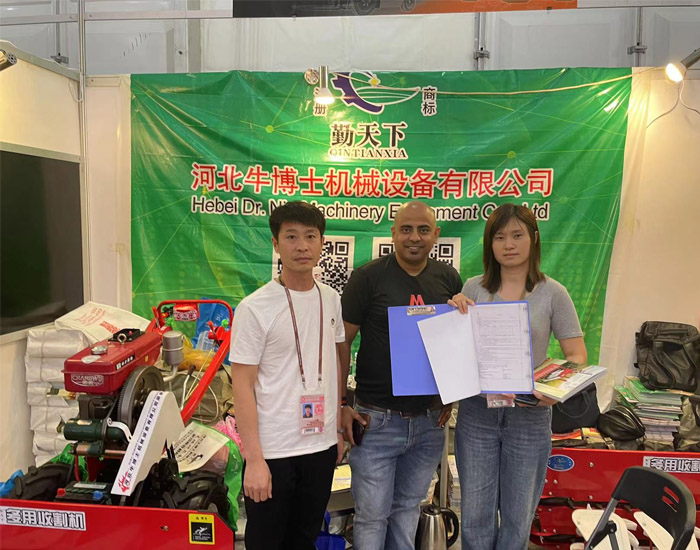
2. Brand Reputation Established brands known for their reliability and performance often charge a premium for their machines. While purchasing a reaper from a reputed manufacturer may require a larger upfront investment, farmers can benefit from better customer support, warranty options, and long-term durability. Lesser-known brands might offer lower prices, but potential issues with quality and maintenance could arise.
3. Operational Capacity The harvesting capacity of the reaper significantly impacts its price. Machines that can handle larger volumes and operate at higher speeds tend to cost more. Farmers should consider their specific needs—whether they require a small model for personal use or a larger machine for commercial farming—as this decision will directly affect their investment.
4. Region and Availability The geographical location and availability of the machine can also influence its price. In regions with a high demand for agricultural machinery, prices may be higher due to competition and higher shipping costs. Conversely, in areas with limited access to farming equipment, prices may be lower due to limited demand. Additionally, local dealerships may provide competitive pricing based on regional economic conditions.
5. Maintenance and Operational Costs In addition to the initial purchase price, it's essential to consider operational costs, including maintenance, fuel, and repairs. Some machines might have higher maintenance costs, which can impact the overall return on investment. Understanding these aspects helps farmers make informed decisions regarding their machinery purchases.
Conclusion
Investing in a multi-crop reaper machine represents a significant financial commitment for many farmers. While the initial price can vary widely due to several influencing factors such as technology, brand reputation, capacity, and regional availability, the potential increase in productivity and efficiency often justifies the expense. As farmers embrace technology and modern agriculture practices, multi-crop reaper machines will play a crucial role in ensuring sustainable food production and enhancing the economic viability of farming operations. Thus, it is essential for farmers to carefully evaluate their needs and budget when considering the purchase of such machinery.
Latest news
-
When to Upgrade Your Old Forage HarvesterNewsJun.05,2025
-
One Forage Harvester for All Your NeedsNewsJun.05,2025
-
Mastering the Grass Reaper MachineNewsJun.05,2025
-
How Small Farms Make Full Use of Wheat ReaperNewsJun.05,2025
-
Harvesting Wheat the Easy Way: Use a Mini Tractor ReaperNewsJun.05,2025
-
Growing Demand for the Mini Tractor Reaper in AsiaNewsJun.05,2025

